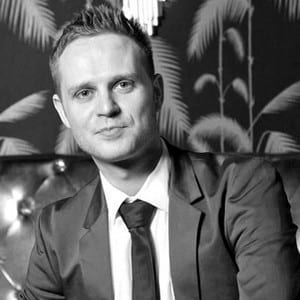
Klaus Heine
Klaus Heine is luxury marketing professor at emlyon business school. He teaches luxury brand management and luxury consumer behavior. Since his doctoral dissertation at TU Berlin, he concentrates in his research on luxury brand-building and management and more specifically on the identity of luxury brands and the concept of luxury brand personality. He conducted the first millionaire survey in Germany about their luxury preferences as well as many other qualitative and quantitative luxury consumer surveys in Europe and China. He cooperated, among others, with the Luxury Institute New York, the Meisterkreis and a wide range of luxury brands from France, China and Germany.
Selected Publications
Heine, K., Atwal, G., and He, J. (2018) Managing Country-of-Origin Affiliations for Luxury Brand-building in China. Australasian Marketing Journal.
Heine, K., Crener-Ricard, S., Atwal, G. and Phan, M. (2018) Personality-Driven Luxury Brand Management. Journal of Brand Management, 25(5): 474-497.
Gutsatz, M. and Heine, K. (2018) Luxury brand-building and development: new global challenges, new business models; Editorial, Luxury Branding Special Issue, Journal of Brand Management, 25(5): 409-411.
Gutsatz, M. and Heine, K. (2018) Is Luxury expensive? Journal of Brand Management, 25(5): 411-423.
Heine, K. and Phan, M. (2016) Authenticity and Prestige: What Luxury Brands could learn from the Wine Industry? Luxury Research Journal, Vol. 1, No. 2., pp. 177-190.
Heine, K. and Gutsatz, M. (2014) Luxury Brand Building in China: Eight Case Studies and Eight Lessons Learned. Journal of Brand Management (21 November 2014)
Heine, K. and Berghaus, Benjamin (2014) Luxury Goes Digital: How to Tackle the Digital Luxury Brand-Consumer Touchpoints. Journal of Global Fashion Marketing 5(3): 223-234.
Petersen, F.E., Heine, K. (2013) When Do Consumers Indulge in Luxury? Emotional Certainty Signals When to Indulge to Regulate Affect. Marketing ZFP / Journal of Research and Management, Vol. 35, Issue 2, pp. 79-90.
